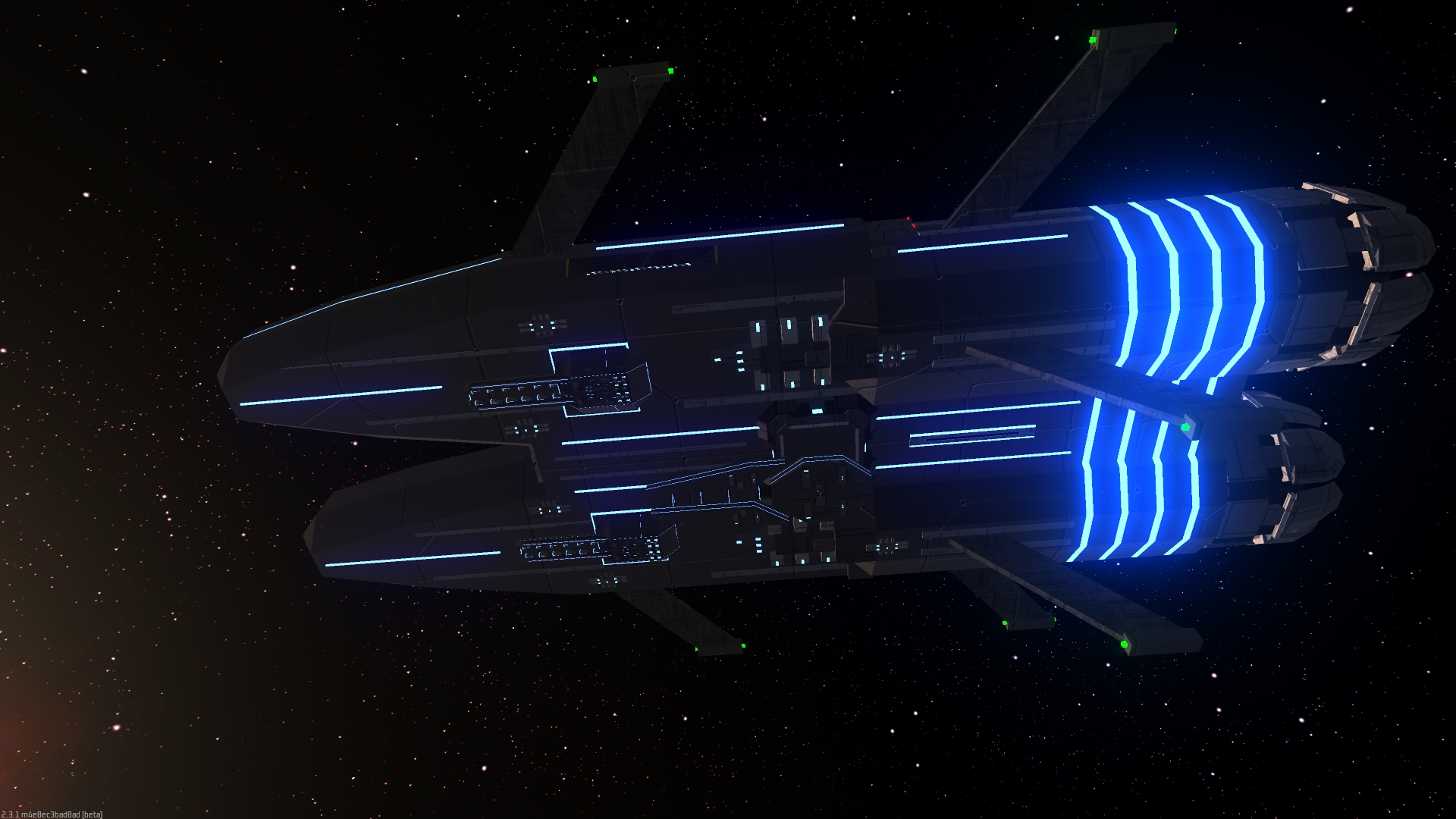Fecorb
Small insect native to Tebburus. They form hives and come in multiple forms:
Queens that lay eggs. There can be many queens in a hive.
Diggers that expand the nest.
Soldiers that fight outside forms and bring food to the hive.
Infection forms that behave like a parasite. They take control of the hosts brain, bringing it to the hive to eat.
Soldiers and infection forms also serve as scouts for the rest of the hive. They navigate by secreting chemicals and forming a trail which will lead back to the hive. As such, any fecorb patrols that are sent by the hive typically come in groups of about 7-10 members, and the hive will keep a number of soldiers and infection forms on standby within the hive. Upon detecting food, one soldier will return to the hive using the chemical trails in order to notify the hive of food location as well as quantity, sending a large number of soldier forms depending on size of the food item to bring it to the hive. A large enough volume of fecorb has been known to lift and transport creatures far larger than themselves and can lift anything smaller than megafauna in size. However they may form new hives in deceased megafauna. Although they are not fast, they have an exoskeleton that can withstand a large amount of punishment, and also keep eggs in their body that hatch on death. A fecorb born in this way will eat the host parent to grow, this process can take severla months.
The fecorb are seen in Suon society as a very resilant creature that can lift objects far above their own weight. The fecorb are often depicted, symbolising cooperation and unyielding strength and unbendable will. In the very early stages of suon society, some were even killed by fecorb swarms. Some nations have also weaponised them, controlling th queen which in turn controls the hive. Given sufficiently advanced teachnology, these can be deployed against other suon nations and cause a large amount of damage. These schemes rarely made their cost however, other than when used strategically in combination with other weapons, so not every nation used them. Some that relied on them too much were destroyed for that very reason.
Basic Information
Genetics and Reproduction
After hatching form eggs laid by a queen, larvae can grow to any other form except a queen. Fecorb reproduce extremely fast, and after serving the hive after a certain period of time it may mutate into a queen.
Dietary Needs and Habits
Mostly plant life. They are omnivorous.
Additional Information
Perception and Sensory Capabilities
Only visual, infrared and touch.
Infrared is used to run from predators and find prey more easily.
Average Length
Queens - 1 cm
Larvae - 0.6 mm
Diggers - 7 mm
Soldiers - 7 mm
Infection - 5 mm



Comments